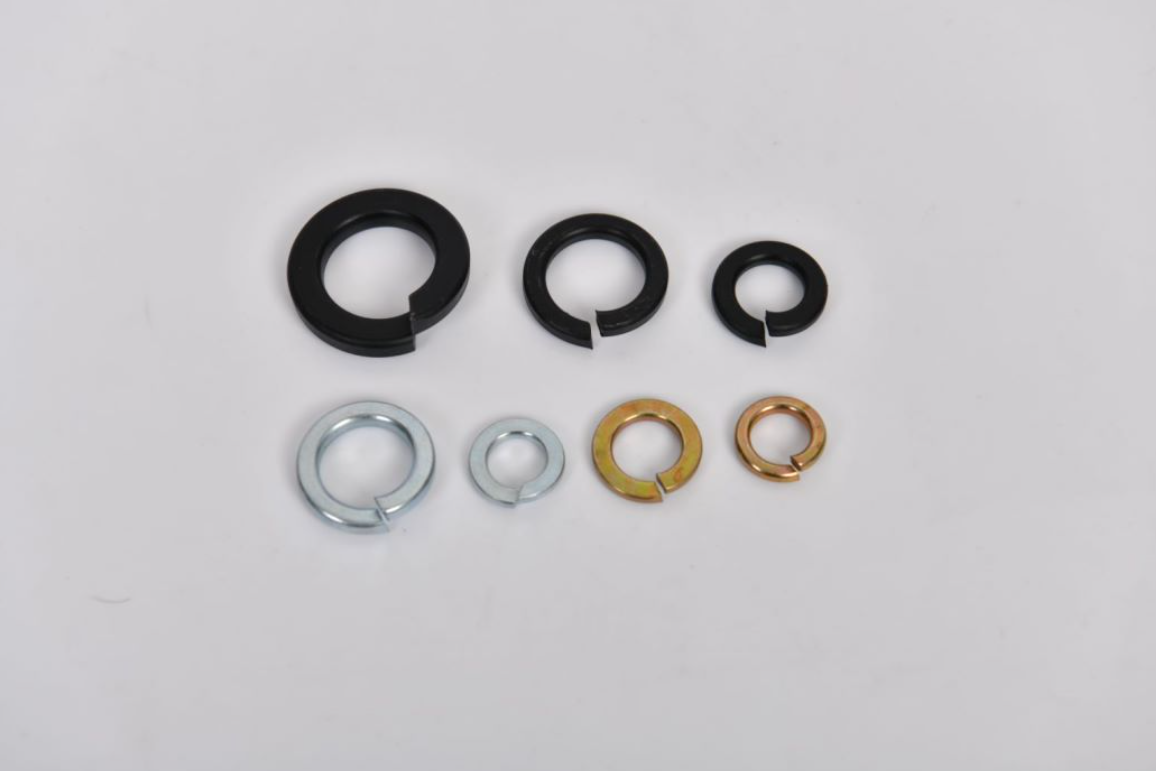Top Manufacturers for 3 Inch Flat Washers in the Industry Today
Exploring the World of 3-Inch Flat Washer Factories
In the realm of hardware manufacturing, flat washers are ubiquitous components used in a myriad of applications from construction to home improvement. Among the many sizes available, the 3-inch flat washer stands out due to its versatility and widespread usage. This article delves into the world of 3-inch flat washer factories, exploring their significance, manufacturing processes, and the factors influencing their production.
The Significance of Flat Washers
Flat washers serve a crucial role in various mechanical applications. They are flat discs with a hole in the center, typically made from materials such as steel, stainless steel, or plastic. Their primary purpose is to distribute the load of a threaded fastener, such as a bolt or nut, preventing damage to the surface being fastened and ensuring a secure fit. The 3-inch flat washer, in particular, is favored in applications requiring significant load distribution, making it a staple in large-scale industrial projects.
Manufacturing Process
The production of 3-inch flat washers involves several key steps, each of which is crucial to ensuring the quality and reliability of the final product
.1. Material Selection The first step in the manufacturing process is selecting the appropriate raw materials. Depending on the application, manufacturers may choose from different grades of metal or plastic. Steel is a popular choice due to its strength, but stainless steel is preferred for its corrosion resistance in adverse environments.
2. Punching Once the materials are selected, the manufacturing process begins with punching the washers from large sheets of metal or plastic. High-precision stamping machines create the flat disks, which significantly reduces waste and maintains consistency in size and shape.
3. Finishing After the washers are punched, they undergo a finishing process. This could include deburring—removing sharp edges—and surface treatment, such as coating or plating to improve durability and corrosion resistance. For instance, zinc plating is a common procedure that enhances the washer's longevity in outdoor applications.
4. Quality Control Quality assurance is critical in washer manufacturing. Factories employ rigorous testing methods, such as tensile strength tests and dimensional inspections, to ensure that the washers meet industry standards and specifications. This commitment to quality helps manufacturers build trust with their clients.
3 inch flat washer factories

5. Packaging and Distribution After passing quality inspections, the 3-inch flat washers are packaged in bulk or smaller quantities, depending on customer requirements. Factories often maintain stock levels for immediate dispatch, ensuring that businesses have timely access to the components they need.
Market Trends and Challenges
As global industries continue to expand, the demand for flat washers, including the 3-inch variety, has increased. Several market trends shape the landscape of washer manufacturing today
1. Sustainability With growing environmental awareness, manufacturers are increasingly adopting sustainable practices. This includes using recycled materials and reducing waste during production. Companies that prioritize sustainability often attract environmentally-conscious consumers and businesses.
2. Automation The rise of automation in manufacturing processes has significantly improved efficiency and reduced labor costs. Advanced machinery and robotics allow factories to produce washers at a faster rate while maintaining precision, enabling them to meet the growing demand without compromising quality.
3. Customization As industries become more specialized, the need for customized solutions has risen. Manufacturers are now offering tailored sizes, materials, and coatings to meet specific customer needs. This shift towards customization encourages innovation and allows factories to differentiate themselves from competitors.
However, challenges persist in the industry. Fluctuations in raw material prices and supply chain disruptions can significantly impact production costs and timelines. Additionally, fierce competition between factories necessitates a focus on quality and customer service to maintain market share.
Conclusion
3-inch flat washer factories play a critical role in the hardware manufacturing sector. Their ability to produce high-quality washers efficiently allows a variety of industries to operate smoothly. As market demands shift towards sustainability and customization, these factories must adapt to stay competitive. Ultimately, the evolution of 3-inch flat washer production not only reflects changes in manufacturing practices but also the broader trends shaping the global economy today.
-
Top Choices for Plasterboard FixingNewsDec.26,2024
-
The Versatility of Specialty WashersNewsDec.26,2024
-
Secure Your ProjectsNewsDec.26,2024
-
Essential Screws for Chipboard Flooring ProjectsNewsDec.26,2024
-
Choosing the Right Drywall ScrewsNewsDec.26,2024
-
Black Phosphate Screws for Superior PerformanceNewsDec.26,2024
-
The Versatile Choice of Nylon Flat Washers for Your NeedsNewsDec.18,2024










